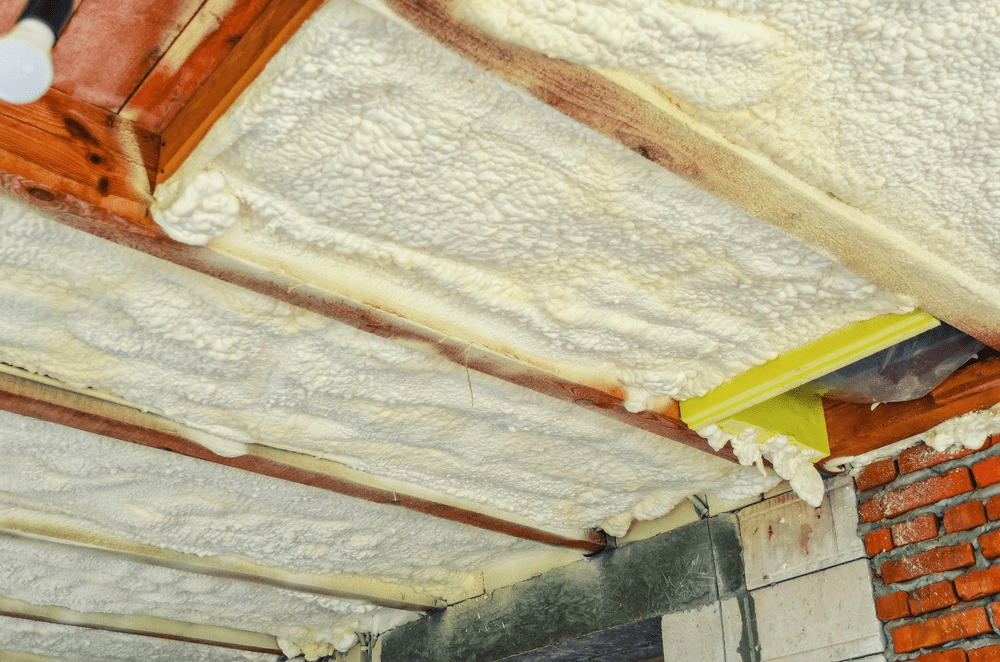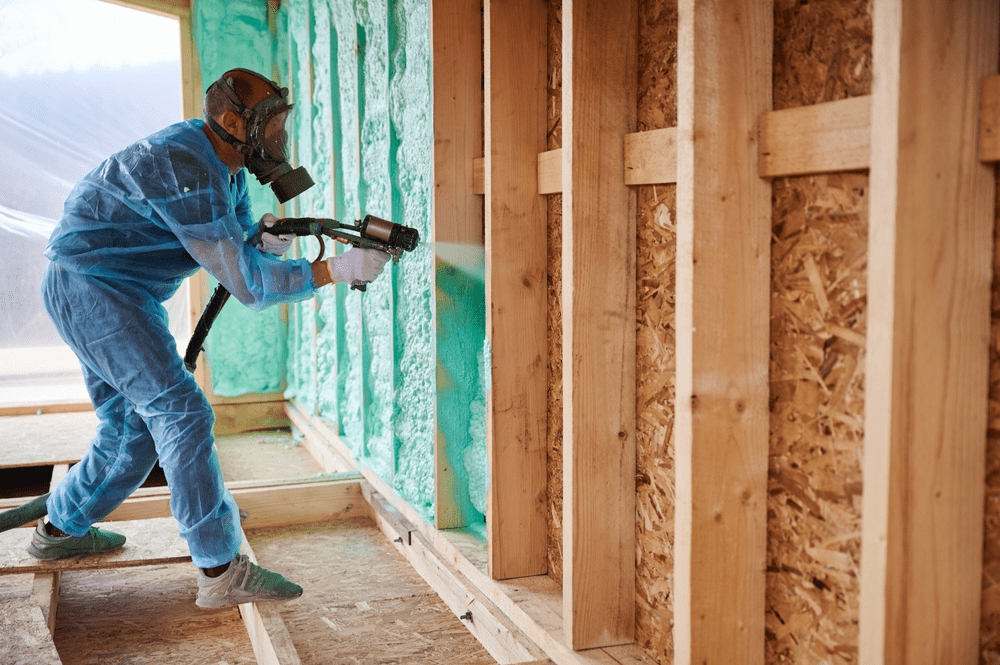When considering insulation in New Orleans, two popular choices often emerge: spray foam and blown insulation. Both methods offer distinct advantages, but determining which is better depends on factors such as cost, performance, and specific needs for your space. Here, we compare spray foam insulation and blown insulation to help you make an informed decision.
Understanding the Basics
Spray foam insulation is a liquid foam that expands and hardens upon application. It’s usually categorized into two types: open-cell and closed-cell. Open-cell spray foam is lighter and more flexible, while closed-cell is denser and provides higher thermal resistance.
Blown insulation, on the other hand, is made from materials like fiberglass, cellulose, or rock wool. It is installed using a machine that blows the material into place, often in attics or wall cavities.
Thermal Performance
In terms of thermal resistance, also known as R-value, spray foam insulation generally outperforms blown insulation. Closed-cell spray foam has an R-value of approximately 6.5 per inch, whereas blown fiberglass typically has an R-value of around 2.5 to 3.7 per inch. This means spray foam can better insulate a space with a thinner layer compared to blown insulation.
However, blown insulation is still effective in certain applications. For example, blown cellulose can perform well in attics where covering large, flat areas is needed. Spray foam, with its superior sealing capabilities, is particularly beneficial in areas prone to air leakage, such as around window frames, pipes, and electrical outlets.

Moisture and Air Sealing
Spray foam insulation excels in air sealing and moisture resistance. The expanding foam can fill even the smallest gaps and cracks, creating a tight seal that prevents air and moisture infiltration. This makes spray foam a top choice in regions with high humidity or frequent rainfall, such as New Orleans.
Blown insulation, while effective in filling cavities, does not provide the same level of air or moisture resistance. It is generally used as a secondary barrier, often supplemented with vapor barriers or other moisture-control measures.
Installation and Cost Considerations
Blown insulation is usually more affordable and easier to install compared to spray foam. The installation process involves blowing loose-fill material into the desired area, making it a suitable option for homeowners looking to upgrade their insulation without breaking the bank.
In contrast, spray foam installation is more expensive due to material costs and the need for specialized equipment and trained technicians. However, its long-term benefits, including lower energy bills and enhanced comfort, often justify the initial investment. In fact, the energy savings from spray foam can lead to the insulation paying for itself over time.
Environmental Impact
Both spray foam and blown insulation have environmental considerations. Blown cellulose insulation is often regarded as more eco-friendly since it’s made from recycled materials like newspaper. Spray foam, while not made from recycled content, can reduce energy consumption significantly, which helps lower your carbon footprint over time.
Which Is Right for You?
Choosing between spray foam insulation and blown insulation depends on your budget, insulation needs, and environmental concerns. If you need superior thermal performance and air sealing in a humid climate like New Orleans, spray foam might be the better choice. However, if you’re looking for a more budget-friendly solution with effective coverage for large areas, blown insulation is a viable option.
Conclusion
Both spray foam and blown insulation have their place in home insulation strategies. While spray foam offers unmatched sealing and thermal performance, blown insulation provides cost-effective coverage for large spaces. For homeowners in New Orleans looking to improve their home’s energy efficiency, consulting with a professional at LaPlace Insulation can help you make the best choice for your specific needs.
Call LaPlace Insulation today for a free consultation and discover how you can reduce your energy bills and enhance your home’s comfort with the right insulation solution.

